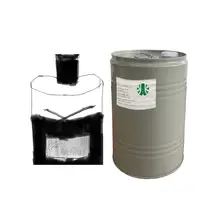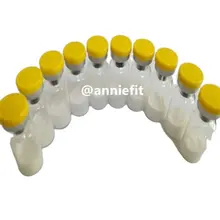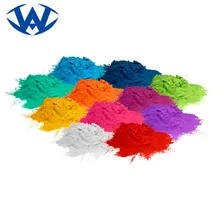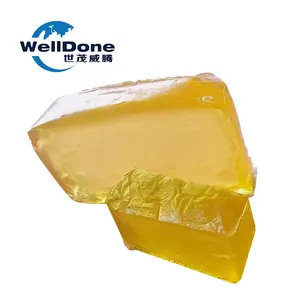Rubber glue is a commonly used glue mainly used for bonding between plastics. Its working principle is to connect two objects through the action of glue. Rubber glue has the characteristics of high viscosity, temperature resistance, moisture resistance, corrosion resistance, etc., and is suitable for bonding various materials, such as metal, glass, ceramics, plastics, etc. The main components of rubber rubber are rubber hydrocarbons (polyisoprene), as well as proteins, water, resin acids, sugars, and inorganic salts. Its working principle is to connect two objects through the action of glue.
The Characteristics of the Rubber Glue
Strong adhesion: Rubber bonding glue can tightly adhere to various materials, including metal, glass, ceramics, plastics, etc. Good temperature resistance: Rubber glue can maintain its adhesion performance over a wide temperature range and is not prone to failure due to temperature changes. Good moisture resistance: In humid environments, the glue performance of rubber adhesive glue remains stable and is not easily affected by moisture or decomposition.
Strong corrosion resistance: Rubber glue has good corrosion resistance to various chemicals and can resist the erosion of acids, bases, and other substances. High elasticity: Flexible rubber glue has high elasticity and can adapt to small changes between materials, making it less prone to cracking or rupture. Safe and non-toxic: Rubber glue is usually non-toxic, harmless to the human body, and will not have a negative impact on the environment.
The Use of the Rubber Glue
Before using flex glue, it is necessary to ensure that the surface of the object to be bonded is clean and free of grease, dirt, or moisture. Because impurities can affect the bonding effect of the glue. When using, do not apply too much glue, but control the amount of glue used. Just apply a thin layer; an excessively thick glue layer will not enhance the bonding effect. After applying glue, the items should be glued together as soon as possible. If the glue is exposed to air for a long time, its performance may decrease. When using flex seal glue, appropriate protective equipment should be worn. For example, when using rubber glue, woven gloves should not be worn because the material of the gloves will absorb the glue and react with it, producing high heat that may burn the hands. If people are worried that the glue may fall on their hands and be difficult to clean, they can wear disposable plastic gloves.
If the rubber glue accidentally gets into the eyes or skin, do not rub it. Immediately rinse with plenty of water or apply a warm, damp towel to the affected area to allow it to separate naturally. In severe cases, immediate medical attention should be sought. When using a large amount of silicone rubber sealant, it should be operated in a well-ventilated environment, as the vapor of the glue may be irritating. Follow the product instructions, store rubber glue correctly, and dispose of used glue and waste according to local regulations and guidelines.
The Application of Rubber Glue
These characteristics make rubber glue a versatile glue widely used in various fields. Rubber glue has a wide range of applications and can be used in fields such as construction, automobiles, household appliances, furniture, toys, electronics, etc. For example, in the field of construction, rubber cement glue can be used for roof waterproofing, door and window sealing, etc. In the field of household appliances, rubber glue can be used for bonding components such as refrigerators and washing machines; In the field of toys, rubber glue can be used for bonding plastic toys, etc.









































 浙公网安备 33010002000092号
浙公网安备 33010002000092号 浙B2-20120091-4
浙B2-20120091-4